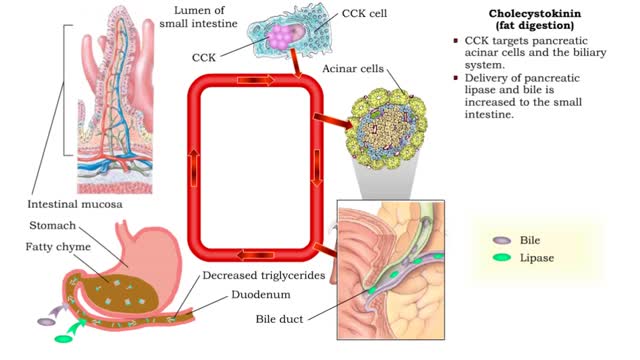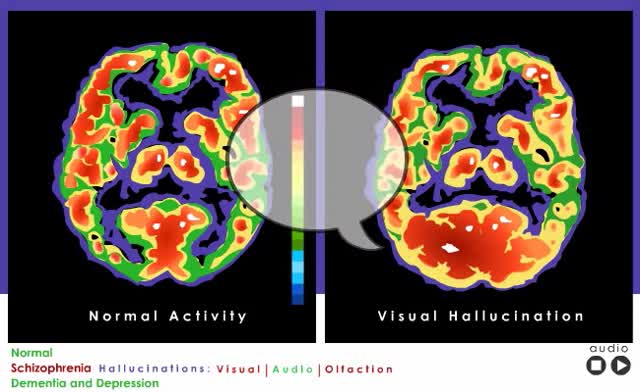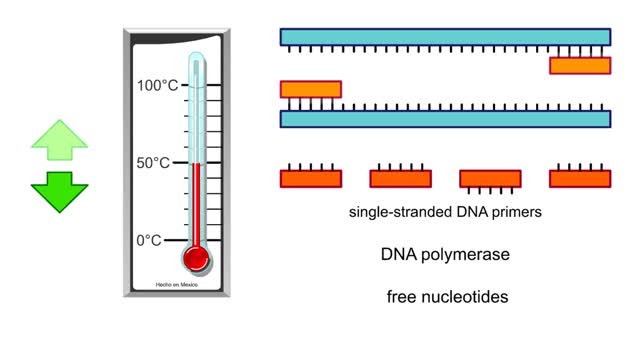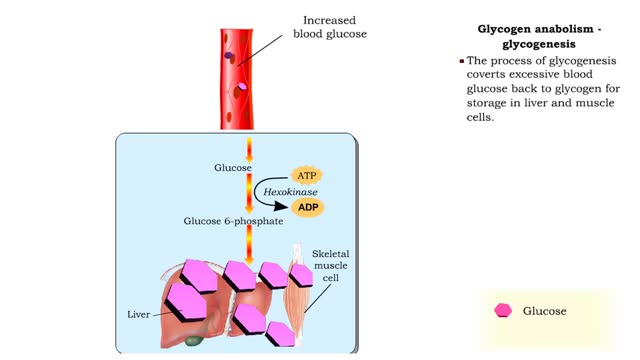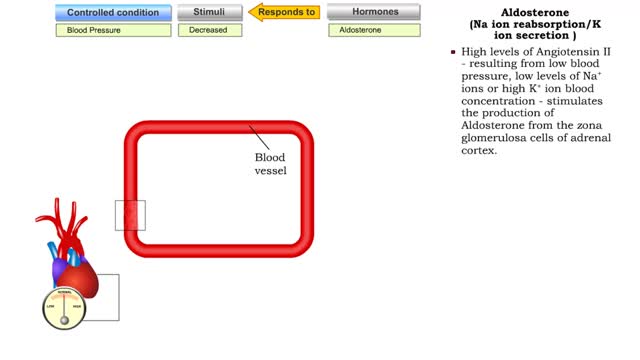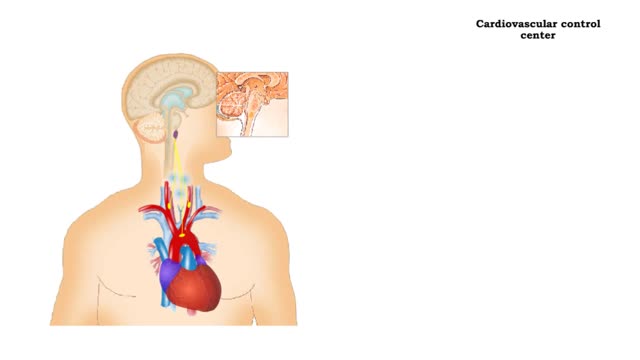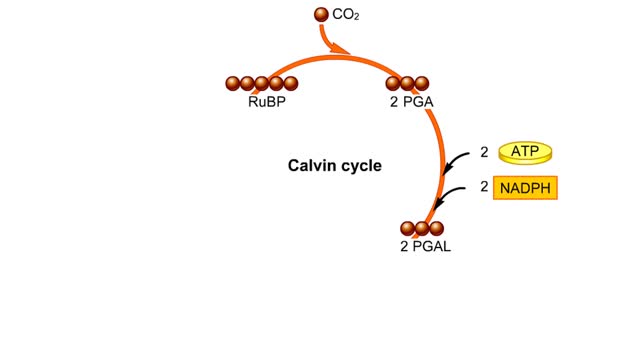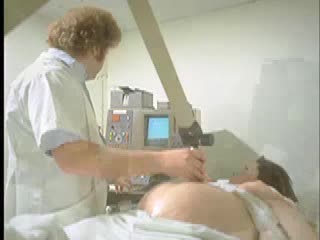Search Results
Results for: 'high sugar'
Secretin (inhibiting gastric acid secretion), Cholecystokinin (fat digestion) & Cholecystokinin
By: HWC, Views: 10803
• As chyme approaches the small intestine, secretin also targets acid-producing parietal cells in the gastric mucosa. • Increased secretin inhibits gastric add secretion. • With less gastric acid produced, the chyme going into the intestine is less acidic. • The hormone CCK also reg...
By: Administrator, Views: 14150
Positron Emission Tomography (PET) Computer-based nuclear imaging procedure that can produce three-dimensional pictures of actual organ functioning. Ultrasonography, Brain Use of high-frequency sound waves to record echoes on an oscilloscope and film.
Polymerase chain reaction PCR - Animation
By: HWC, Views: 4864
Polymerase chain reaction (PCR) is a method that amplifies fragments of DNA. The purpose of PCR is to create copies of a specific region of DNA. To use this technique, researchers must know the base sequences at either end of the region of interest. They use this information to create...
Energy Flow - Trophic Levels and Food
By: HWC, Views: 10538
All of these relationships between different species are founded on one thing: energy. Organisms get food in order to get energy, which is used by the organism for growth, maintaining health, and reproduction. We can classify the members of a community according to how they obtain food. Produc...
Glucose anabolism reactions: Glycogenolysis and Gluconeogenesis
By: HWC, Views: 11280
• Glucose not needed immediately is stored as glycogen. The process that creates it is glycogenesis. • When ATP is needed for body activities, stored glycogen is broken down by a process called glycogenolysis. • Glucose can be formed through two different anabolic reactions: • Glycog...
Atrial natriuretic peptide (vasodilation) & Aldosterone
By: HWC, Views: 10650
• Certain situations will cause the body's stress level to rise. • increased blood pressure will stretch the atria of the heart, stimulating the secretion of atria natriuretic peptide (MP). • ANP causes muscle cells in blood vessels to relax. • Blood pressure is lowered as a result ...
Negative Feedback Regulation of Blood Pressure
By: HWC, Views: 10898
stimulus • Blood pressure determines the flow of blood to and from capillaries. • Low blood pressure results in reduced blood flow. • High blood pressure can cause blood vessels to break. Baroreceptors • The aortic arch carries blood to the body. • The common carotids ca...
By: HWC, Views: 10749
he light-independent reactions make sugars by way of a cyclic pathway called the Calvin cycle. The cycle begins when rubisco attaches a carbon from carbon dioxide to ribulose bisphosphate. The molecule that forms splits into two molecules of PGA. Each PGA gets a phosphate group from ATP a...
Ultrasound of a Fetus (Sonogram)
By: Administrator, Views: 13808
An ultrasound exam is a procedure that uses high-frequency sound waves to scan a woman's abdomen and pelvic cavity, creating a picture (sonogram) of the baby and placenta. Although the terms ultrasound and sonogram are technically different, they are used interchangeably and reference the same exam.
Advertisement



